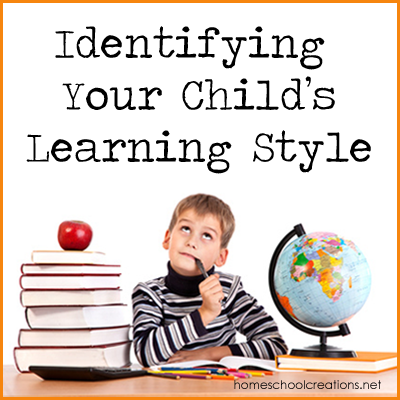Children's Learning Styles
- Get link
- X
- Other Apps
From now, we will focus on discussing education and science which is higher and harder than an expression of taste. So, enjoy it to read. If you dont like it, please skip honey.

Learning styles is a term that refers to different ways in which we learn, process, and retain information. All young children learn through meaningful hands-on experiences—through touching, doing, and moving. And children also learn through seeing and hearing.
These are the four main types of learning styles:
Visual (learn through seeing)
Auditory (learn through hearing)
Tactile (learn through touch)
Kinesthetic (learn through doing and moving)
Your child can superior in a variety of areas. Therefore,
offer a variety of experiences to help your child develop new strengths
and interests that will broaden his or her understanding of the world.
Visual learners learn through seeing. They tend to have well-developed imaginations and often think in pictures. For older children who read, written instructions may help clarify verbal directions.
Auditory learners learn through listening. Children who are auditory processors learn through participating in discussions and talking things through. Verbal directions may help clarify instructions or written information. Too much noise may be distracting and children with this strength may learn best in a quiet environment.
Tactile learners learn through touch. Children who are more tactile prefer activities or projects that allow them to use their hands. Your child may prefer doodling or drawing to aid memory.
Kinesthetic learners learn through moving and doing. Children who are more kinesthetic learn through physical sensations and may have trouble sitting still for long periods. A hands-on approach that allows your child to actively explore her physical world helps her learn best.
How Can You Determine Your Child’s Learning Style?
The best way to learn about your child’s learning style is to observe what he or she is doing. Actions, interests, and preferences will provide information about how he or she is processing information.
If your child has developmental delays, you may find that you often focus on what your child isn’t yet doing. Instead, try to focus on his strengths and favorite activities. All children, even the most challenged, have interests and preferences. Identifying these helps increase a child’s motivation for learning.
Parents and teachers have a tremendous influence on children. Understanding how a child learns can improve how we teach them. Early childhood programs are often organized in a way that supports the range of children’s strengths and needs.
This supports participation of children with a wide range of learning styles, while also exposing children to experiences they may not typically seek out.
As
adults, we can help children better understand their strengths and
individual differences, while supporting challenges. You can seek out
real-world experiences that extend your child’s learning. For example,
if your child is interested in fish and aquatic life, visit an aquarium.
Your child will retain more information and develop a broader
understanding of the world if information is meaningful and presented in
a way that meets his or her individual learning style.
So, let's follow where the child's interest in learning is going. it will help us as parents to educate children. and children, will be better at learning
References:
Gardner, H. (1993). Multiple Intelligences: The Theory in Practice. New York, NY: BasicBooks.
Edwards, L. (2002). The Creative Arts: A Process Approach for Teachers and Children. Upper Saddle
River, NJ: Merrill Prentice Hall.
- Get link
- X
- Other Apps
Comments
Post a Comment